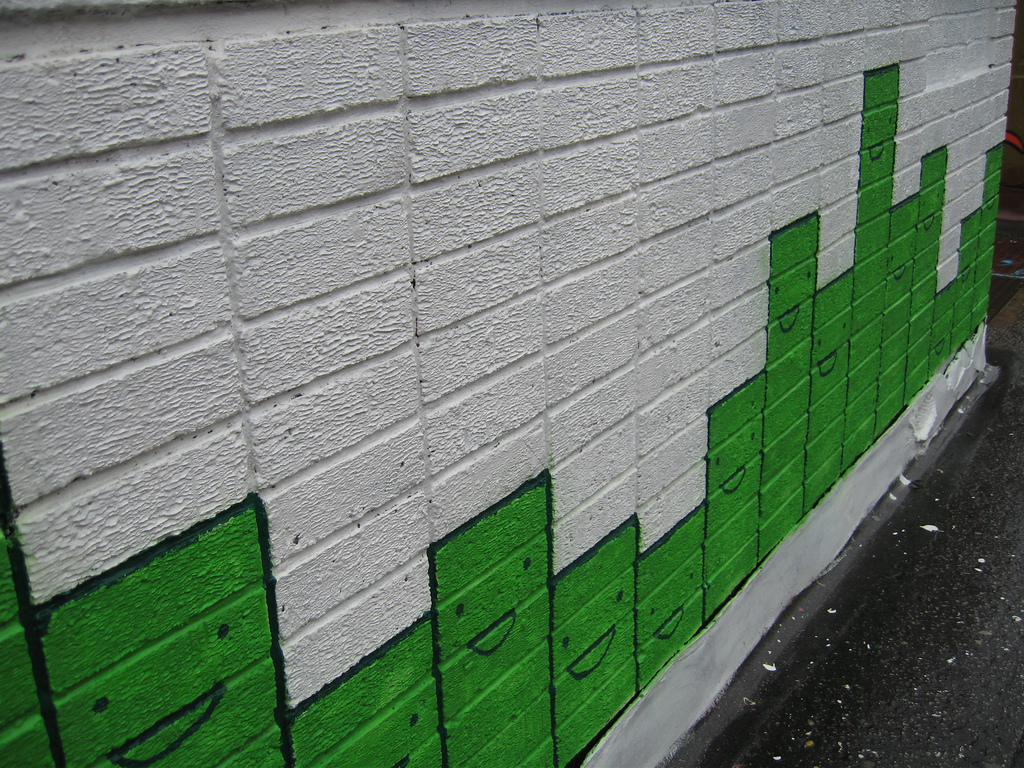Is it Possible to Measure Everything?
MATH
Get curious
12 min
Analyzing (12 min)
Students check how far their toy cars will travel and count how many toy cars have covered the short, the medium and the long distance.
Get going
7 min
Presenting results (7 min)
Once the task is completed, explain to your students what statistical charts are, what they are used for and how they are created. Show them what histograms look like.
Next, ask your students to get back to the data they have written down while performing the task – they should now try to compile the data again, and then present it to the rest of the class.
5 min
Talk (5 min)
Discuss selected elements of statistical survey with your students.
Prepare them to perform the next task and encourage them to share their associations with the following terms:
- mean value,
- the smallest value,
- the largest value.
15 min
Analyzing (15 min)
Having measured the heights of all their classmates, the students represent the data they have collected in the form of a histogram.
4 min
Conclusions (4 min)
Once the work is completed, the students interpret the results.
You can ask them:
What can we learn from our chart?
Which height occurs most frequently among our class?
The students read out the mean value as well as the smallest value and the largest value.
2 min
Talk (2 min)
Summary
Ask your students whether they think that everything can be measured and what they think is the purpose of taking measurements.
Get practicing
Counting
The students freely choose the criteria for their measurements and conduct a research on the selected topic.
Proposed topics:
Which items of kitchenware are used most often at home (small, medium or large ones)?
What cars represent the majority of all cars parked on the school parking lot? You can adopt the criterion of color (white, black, red, etc.) or size (small, medium or large).
You will download zip file now.
Make sure that you have an application that opens zip files.
If not, download single materials directly from the lesson plan.
Download zip files
Download single materials

